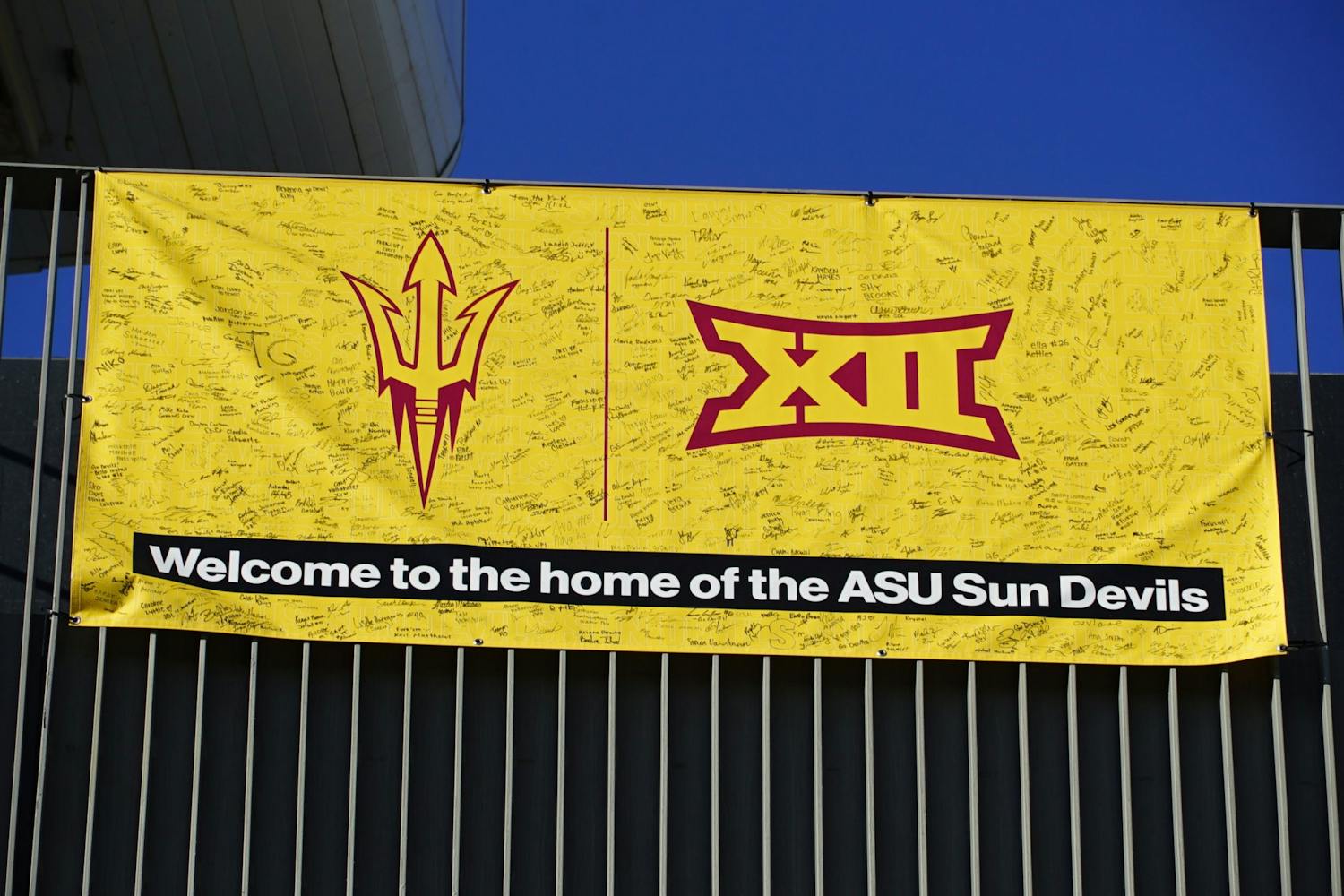In a matter of 120 minutes, a gunman ended the lives of 32 people, injured 17 others and changed the country forever.
The Virginia Tech shooting in 2007 and others like it have struck fear into the hearts of parents of college-aged adults and the young adults themselves. According to a study by Everytown, a gun safety support fund, there were 76 shootings on a college or university campus between 2013 and 2015.
In early October 2015, at Northern Arizona University, 20-year-old Colin Brough was shot on campus, supposedly by shooting suspect, 19-year-old Steven Jones. Flagstaff is known as a college town, with one-fifth of the population made up of students. The college campus is central to its sense of community, so the shooting shook most everyone.
“People were pretty shaken up for a while after,” says NAU visual communications sophomore Lindsey Ibarra. “Especially the Greek Life community. All the sororities and fraternities banded together to support each other because the victims were in one of the fraternities on campus. Things changed around campus, too, like extra security at campus events, which made me feel safer but also reminded me what had happened and that freaked me out."
Since then, improving security on campuses has become an increasingly important issue in communities across the U.S. — including the communities surrounding Arizona State University.
“The ASU Police Department has increased officer and police aide positions over the past two years,” says John Thompson, ASU Police Department Commander. “We continue to monitor and work with university officials regarding hiring needs.”
In the 21st Century, students worry about more than isolated physical threats. In 2015, less than a month after the shooting at NAU, ASU was the target of an internet threat, which officials found to be unsubstantiated.
One of the issues facing on-campus security professionals are the multiple entry points to each building on campus. Because these buildings are integral parts of the communities they are in, such asthe University Center at the Downtown Phoenix Campus or Memorial Union in Tempe, it would be difficult to limit entry points and keep the level of community engagement these buildings offer. Community health major Sofia Carreon says she doesn’t feel safe at the Downtown Campus because of the transients that walk through due to the openness of the buildings.
“I don’t feel safe on campus,” says Carreon. “I’m in Tempe and Downtown, and in Tempe, you have more of the fraternity and sorority area. I know people do target the sorority area, and I know that area is kind of sketchy.
The ASU Police Department sees the problems, too. Despite the feeling an officer gets from a person, they are unable to do anything unless they pose an imminent threat to students and faculty on campus.
“We cannot discriminate against people based on how they look, dress or appear,” Thompson says. “A person’s behavior is what draws our attention to them and dictates the appropriate steps to take; ask to leave or arrest.”
Walking around any college campus, students can experience moments of paranoia.
Some campus buildings have police aides at the front desks while others have student workers — students like you and me — answering phone calls.
“The decision to place a police aide at a desk is based on agreements between the building manager and the ASU Police Department Command Staff,” Thompson says.
ASU also offers the LiveSafe application which allows students to report tips to the ASU Police Department, make emergency calls, and perform other functions such as communicating with ASU police in real-time via chat, pictures, audio or video. It's recommended by the ASU Police Department that users take advantage of the app when they feel they are in unsafe situations.
The Tempe campus is the most populated of the four, so it follows that it would have the most police personnel. ASU police have certain limits to areas where they have jurisdiction, which, according to Katy Harris, ASU Police Department Media Relations Specialist, is both single and concurrent.
“[The] ASU Police Department has concurrent jurisdiction over areas surrounding campuses and some off campus facilities,” Harris says. “For example, McAllister Avenue runs through campus so if a car crash were to occur on McAllister Avenue, ASU police could respond even though the street is considered City of Tempe and Tempe Police Department jurisdiction.”
Between Aug. 18 and Oct. 17, there were 461 crimes reported within a 1 mile radius of the Tempe campus, according to LexisNexis, a database which compiles reported crimes. Sixty-five of these were residential burglaries, and 46 were aggravated assaults. ASU Police Department’s 2015 Annual Security Report found 13 aggravated assaults and 103 burglaries either on campus, on off-campus student housing or on public property surrounding campus. There is a large number of crimes very close to student residencies that ASU police don’t have jurisdiction over.
In the same time period (2015), 370 crimes were reported within a 1 mile radius of the Downtown Phoenix Campus. Eighty crimes were aggravated assault, and 72 were residential burglaries. Student paranoia isn’t unjustified based on these statistics. Students are protected while on campus property or within a close proximity to campus, but aren’t when walking back to their off-campus apartments at night.
“I do feel safe on the Tempe campus during the day, but at night, to me it feels very dark and desolate,” post-doctorate mechanical engineering student Blair Johnson says. “I’m not on campus past 6 p.m., but if I were on campus after that time, I would feel nervous walking around.”
Thompson made some recommendations for students to stay safe on campus at all hours of the day.
“If you see something, say something,” Thompson says. “Unless we see something ourselves, we rely on the public’s reporting incidents to us. There are many ways to do this: calling us, telling an officer you may see in the area, via the LiveSafe App which can text directly with dispatchers, or by sending pictures, video, audio, etc.”




